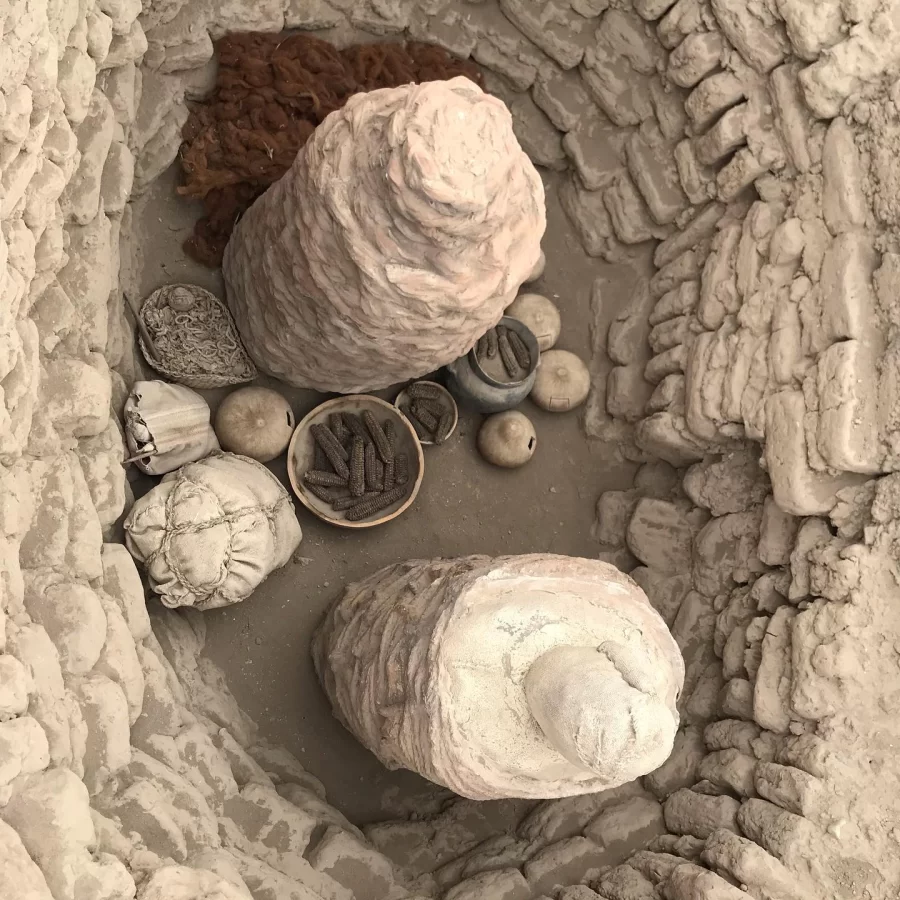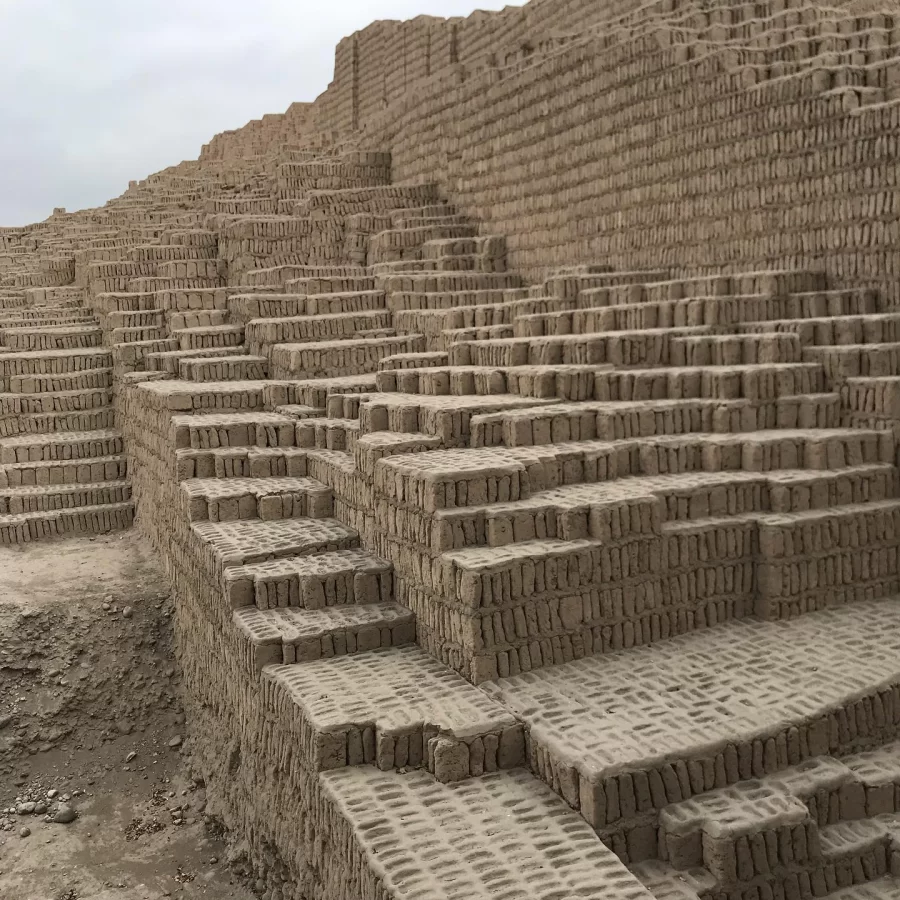The Huaca Pucllana is an archaeological site with a religious and administrative function that has different tourist attractions that will surprise you. This is a pyramidal style built in the valley of the Rimac River that has a museum where the most valuable findings of the area are exposed.
Table of Contents
During the late intermediate period, different civilizations developed in the city of Lima, leaving traces and vestiges that today are a great example of the development and organization of the first people, these would be the basis for the development of future Peruvian cultures. At that time (500 - 700 A.D.) the main economic activity of the Lima culture was agriculture, the cultivation of products such as corn, beans, pallar, custard apples, lucuma, and pacae.
While in the livestock was the breeding of animals such as llamas, alpacas, guinea pigs, poultry, and deer hunting. In addition to this, and because of its proximity to the sea, the Lima culture took advantage of the exploitation of resources from the sea such as fish, crustaceans and shellfish.
We have been able to identify so far 3 ritual style activities, which were performed before, during and after the construction of the pyramid. The evidence that supports this theory is the finding of multiple funerary burials, especially sacrifices of young women, as well as very elaborate fine vessels decorated with marine motifs.
In addition, burials of ritual banquets were found, with multiple foods of marine origin, which were highly prized by the coastal settlers, especially shark meat that was used in ritual ceremonies and at the same time represented in ceramics and paintings that were also part of the burial offerings.


The pyramid fulfilled an administrative function, although the main activity was religious.
The architecture is solid, it has no internal rooms, the wall structures are made of small rectangular bricks molded by hand, these adobe walls, form passages, leading to patios and terraces.
The great pyramid is actually a set of superimposed constructions, up to this moment 7 levels have been identified. The first level is almost destroyed in the 40's, in the second level there is a patio with yellow benches and excavated holes in which probably the offerings were deposited, they are connected by a staggered passageway to the third level where there is also a plaza and roofed enclosures.
The fourth and fifth levels connected by narrow passages are the smallest and divided by walls.
The sixth level is one of the most elaborate, since the remains of what was a much more elaborate architectural constitution can be appreciated, but it is in very bad condition due to the looting of the Huari tombs, and it is at this level where major archaeological excavations and studies have also been carried out.
The Archaeological Complex of the Huaca Pucllana is characterized by the constitution of its walls, which are made of handmade adobe bricks, which were used with the technique called "the bookcase". This consists of stacking the small adobes vertically, leaving spaces between each one, to be filled with mortar, forming hexagonal planes, this gave a seismic resistance to the walls and providing greater support to the structures.
The Huaca Pucllana is located in the Miraflores district of Lima, this is an easily accessible residential area.
The attention in the huaca Pucllana is the days:
It is important to note that in order to visit the Huaca you must make a reservation in advance at the link
https://bit.ly/ReservaPucllana.
Remember that you must be present at least 15 minutes before the chosen time, this is due to the prior verification of the reservation, payment of admission, corroborate the vaccination cards and perform all biosanitary processes.
